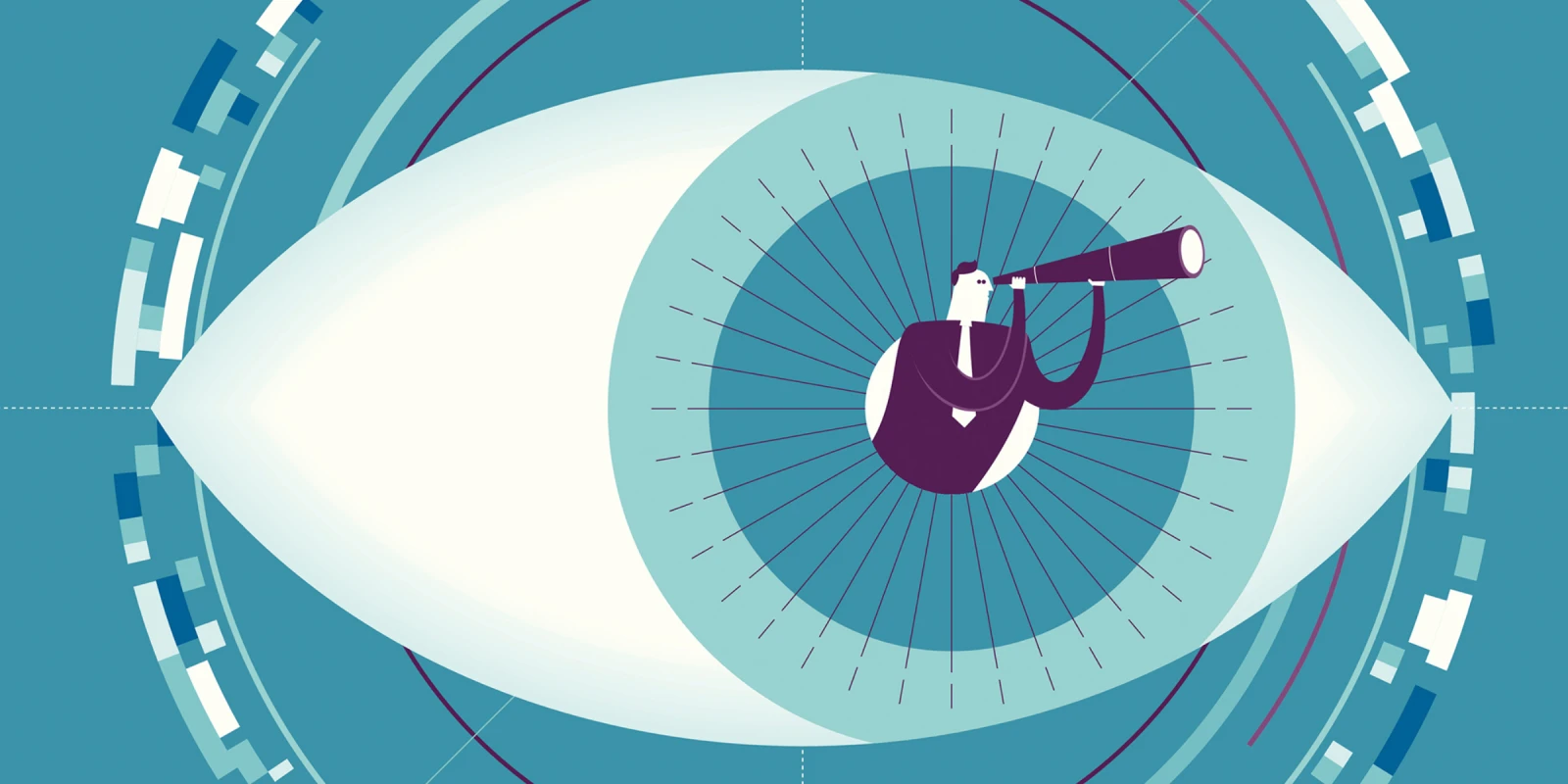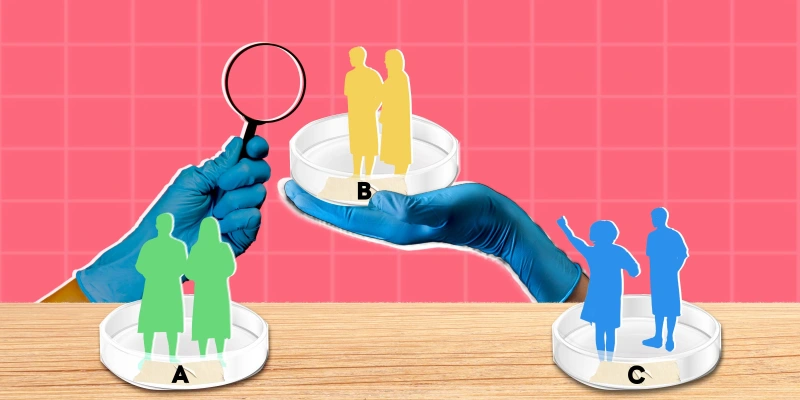The American Academy of Ophthalmology meeting was held virtually for the first time in the year 2020. We will remember this time in our profession's history, as it demonstrates that when we come together collectively, we can accomplish great things. AAO’s mission statement is “Protecting Sight and Empowering Lives” and these goals were reflected in the experts who presented on the varied topics this November.
The format was video conferencing, which most of us have now evolved to be quite expert at. The live experience was complemented by active chat rooms and robust Q&A sessions. A few of the pearls from the meeting are worth mentioning, as our profession is constantly changing and the research discoveries are being implemented clinically on a daily basis. Advanced learning in transplantation, biologic therapy, medical devices, cancer diagnosis, artificial intelligence applications, and big data were all present.
One of the advancing technologies in corneal transplantation, as revealed in some sessions, is endothelial cell injection therapy. This emerging technique may replace standard forms of corneal transplantation in the years to come. Surprisingly, full thickness corneal transplants are now the third most common type of transplant behind endothelial transplants and lamellar techniques. Likewise, glaucoma therapy is undergoing exciting changes as medical devices are numerous and show promise for better outcomes and increased intraocular pressure control. The sustained release bimatoprost device is the only FDA-approved device to help with sustained release after it is placed in the aqueous humor. It lasts 4–6 months and could be revolutionary in improved compliance and IOP control.
Another exciting development on the horizon is “liquid biopsy” of aqueous or vitreous humor to diagnose and stage ocular malignancies. Retinoblastoma and uveal melanomas are amenable to taking a sample of eye fluid and not actual tissue for diagnosis. Also, gene therapy in the form of subretinal injections is an exciting field as revealed at this year’s academy meeting. In 2017, voretigene was the first FDA-approved form of gene therapy for subretinal injection for biallelic RPE65 mutation. Techniques on subretinal injection were described at the Young Ophthalmologist symposium.
One of the main takeaways of AAO 2020 most certainly has to be the impact technology has on all of us. There are examples of autonomous artificial intelligence being utilized. For instance, this AI can diagnose and stratify risk from fundus photos in diabetic retinopathy. Also, big data is highlighted by the academy’s IRIS Registry. This registry looks at clinical quality measures and is a jewel in the ophthalmologist’s tool box. One of the challenges is harmonization of the documentation standards in our EMRs, however, there is hope for utilization of the myriad amounts of data this registry provides.
In summary, this year's academy meeting was progressive and utilized our existing technology to its best effect. We can still network with each other even if we aren’t physically in the same room, and we can learn large amounts of data in relatively short amounts of time through video conferencing. Still, most of us appreciate connecting in person and New Orleans in 2021 is a goal!







